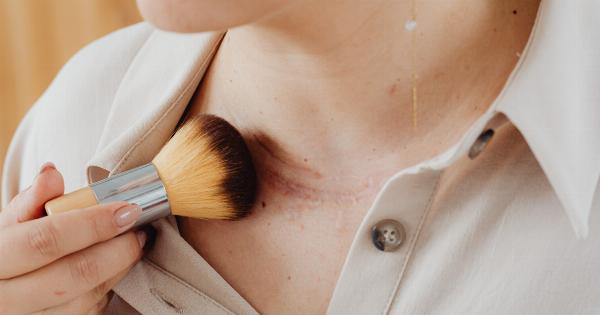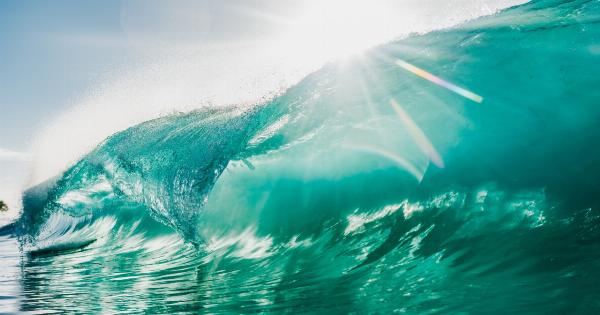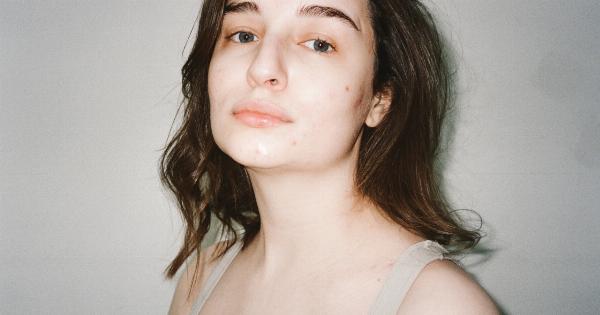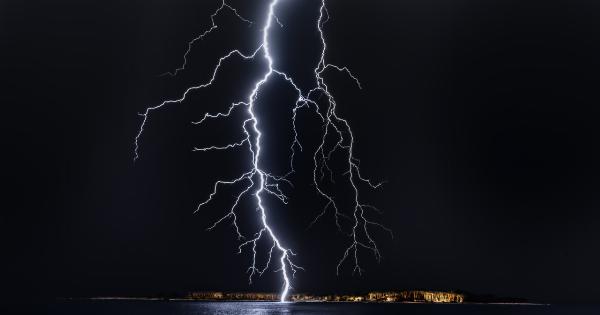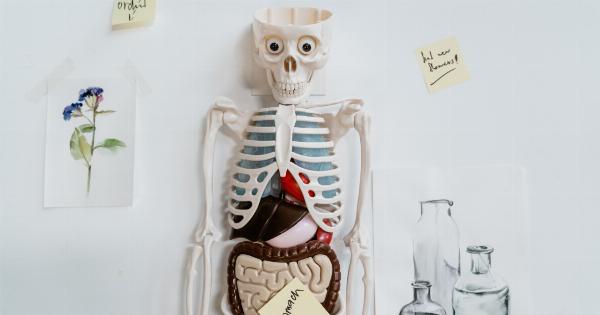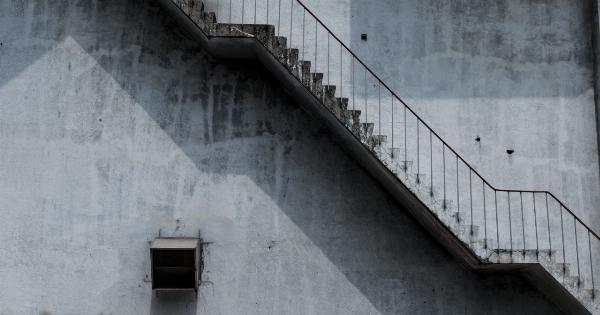If you’re struggling with acne, you’re not alone. Acne affects up to 50 million people in the United States each year, and can be a source of frustration and embarrassment for many.
While there are many different types of acne, including pimples, blackheads, and whiteheads, one of the most severe forms is cystic acne.
What is Cystic Acne?
Cystic acne is a type of acne that occurs when bacteria gets trapped in your pores, causing inflammation and eventually leading to the formation of large, painful cysts. These cysts can be filled with pus, and may leave scars if left untreated.
What Causes Cystic Acne?
The precise cause of cystic acne is not fully understood, but a number of factors can contribute to its development. These include:.
- Hormonal changes, such as those that occur during puberty, pregnancy, or menopause
- Personal genetics, which can predispose some individuals to acne
- Excessive oil production in the skin
- Blockages in hair follicles
- Inflammation in the skin
It’s worth noting that certain lifestyle factors, such as stress, lack of sleep, and poor diet, can contribute to the development of cystic acne as well.
How is Cystic Acne Treated?
While cystic acne can be challenging to treat, there are a number of approaches that can be effective. Treatment for cystic acne may include:.
- Topical treatments, such as retinoids and benzoyl peroxide
- Oral antibiotics, which can help to reduce inflammation in the skin and kill bacteria
- Oral contraceptives, which can help to regulate hormones and reduce oil production
- Isotretinoin, a powerful medication that is sometimes used for severe cases of cystic acne
- Lifestyle changes, such as reducing stress, getting more sleep, and eating a healthy diet
It’s important to work with a dermatologist to develop a treatment plan that is appropriate for your individual needs.
Preventing Cystic Acne
While it’s not always possible to prevent cystic acne, there are steps you can take to help minimize your risk. These include:.
- Washing your face twice daily with a gentle, non-comedogenic cleanser
- Avoiding touching your face with your hands, as this can transfer oil and bacteria to the skin
- Using oil-free or non-comedogenic makeup and skincare products
- Wearing loose, breathable clothing, especially when exercising or in hot weather
- Reducing stress through activities such as exercise, yoga, or meditation
- Eating a healthy diet that is rich in fruits, vegetables, and whole grains and low in processed foods
Conclusion
Cystic acne can be a frustrating and sometimes painful condition, but with the right treatment and preventive measures, it is possible to manage the symptoms and prevent further outbreaks.
If you’re struggling with cystic acne, talk to your dermatologist to develop a personalized treatment plan that works for you.





